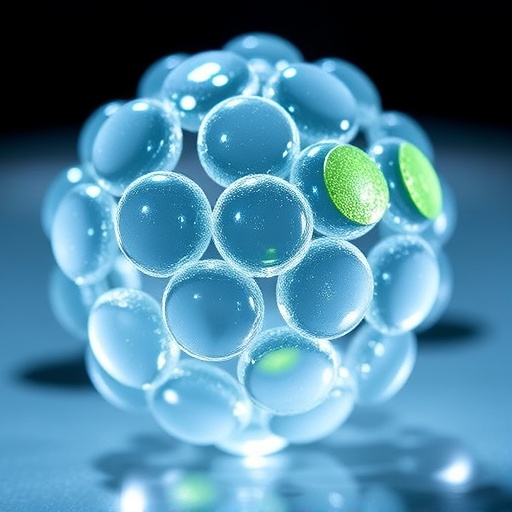In this story of wine and smoke taint, everyone knows "whodunit" — it's the smoke from wildfires. But it's the "how" that's got researchers and winemakers stymied. According to an article in Chemical & Engineering News (C&EN), the weekly newsmagazine of the American Chemical Society, researchers are making some headway, sifting through complex, and perhaps misleading, clues.
Deputy Editorial Director Lauren K. Wolf notes that, although most of the grapes in Northern California had been harvested by the time the October 2017 wildfires struck the region, some had not. Winemakers there were understandably worried about those remaining grapes after the smoke cleared. They had known about "smoke taint," the unpleasant, ashy flavor that wines can exhibit after grapevines are exposed to smoke, but these blazes had been the most intense they'd seen. And the fires happened during harvest season, when grapes are at their most sensitive. But so far, there's no conclusive way to tell whether a grower's grapes are affected, and there's no way to completely remove the taint from wine.
Like good detectives, researchers are on the case. Groups in Australia found that volatile phenols from smoke, which are presumably the "bad-taste" culprits, are linked to sugars in complexes called glycoconjugates in wildfire-exposed grapes. Fermentation unleashes the phenols, breaking these conjugates apart and making the smoky phenols tasteable. But the plot thickened when Canada-based researchers recently found low levels of glycoconjugates in tainted wine, and the levels of these compounds actually increased during fermentation. This finding indicated that a class of compounds other than glycoconjugates and phenols might also be at work in smoke taint. Although the clues are baffling, scientists are excited to see what comes next.
###
The article, "Wine sleuths seek answers to the mystery of 'smoke taint'," is freely available here.
The American Chemical Society, the world's largest scientific society, is a not-for-profit organization chartered by the U.S. Congress. ACS is a global leader in providing access to chemistry-related information and research through its multiple databases, peer-reviewed journals and scientific conferences. ACS does not conduct research, but publishes and publicizes peer-reviewed scientific studies. Its main offices are in Washington, D.C., and Columbus, Ohio.
To automatically receive news releases from the American Chemical Society, contact [email protected].
Follow us on Twitter | Facebook
Media Contact
Katie Cottingham
[email protected]
301-775-8455
@ACSpressroom
http://www.acs.org




